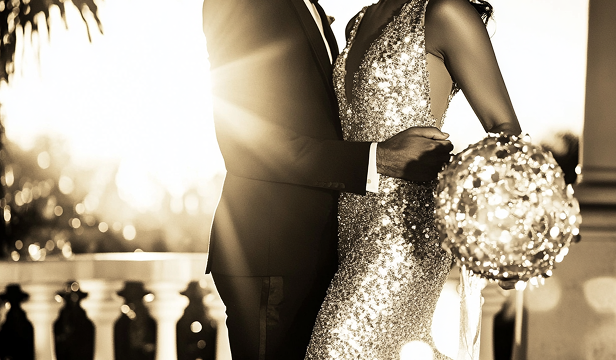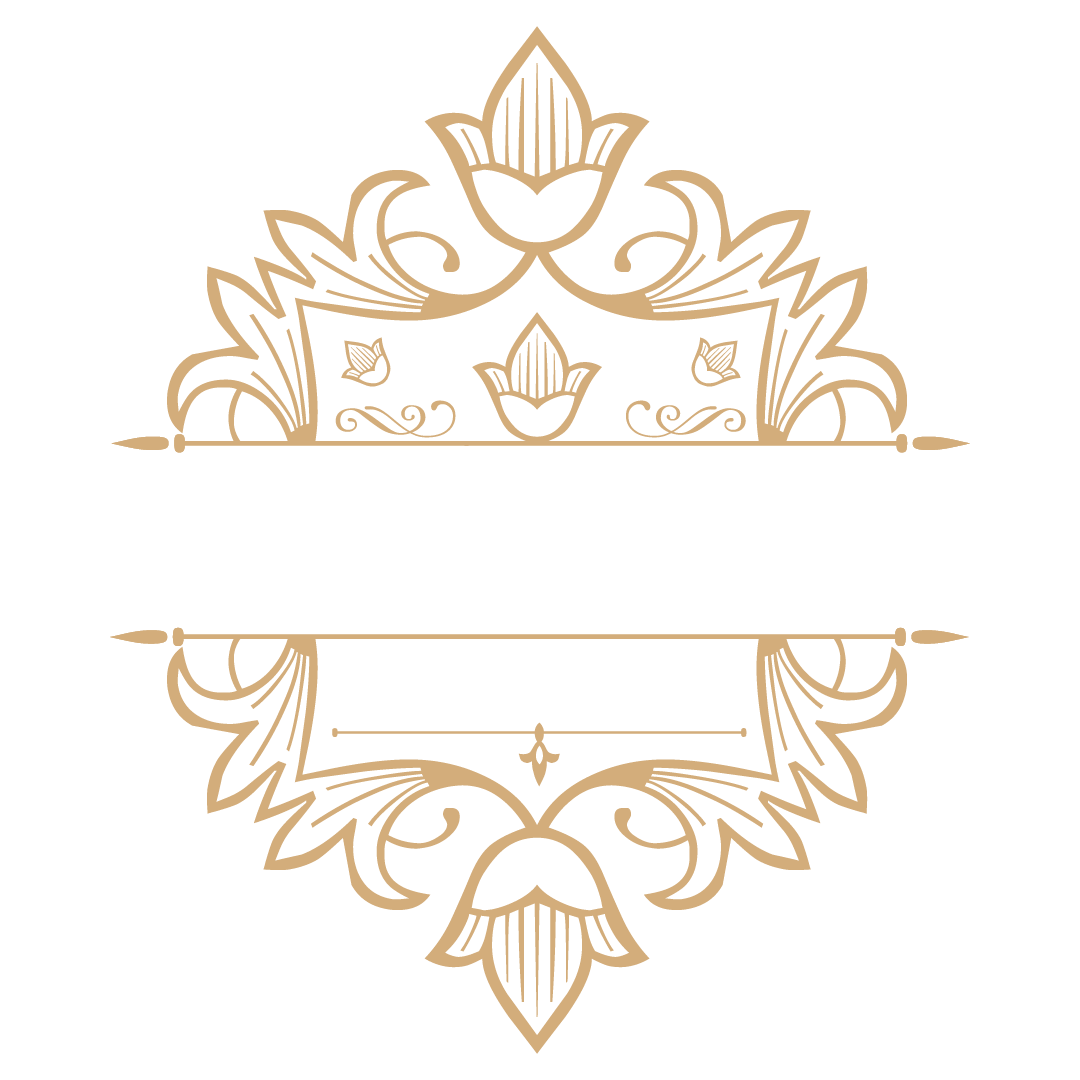
Weddings have evolved significantly over the years, with couples today facing the dilemma of choosing between a traditional or modern approach. While some embrace time-honoured customs, others seek to create a personalised, contemporary experience. Striking the right balance between the two ensures a wedding that is both meaningful and reflective of the couple’s unique preferences. Here’s how you can blend tradition with modernity for the perfect wedding celebration.
The Essence of Traditional Weddings
Traditional weddings are deeply rooted in cultural and religious customs. They often include elements passed down through generations, such as:
- Ceremonial Rites: Religious or cultural ceremonies, such as church weddings, Hindu pheras, or Islamic Nikah ceremonies.
- Classic Attire: Brides in traditional white gowns, sarees, or qipaos and grooms in tuxedos, sherwanis, or morning suits.
- Time-Honoured Rituals: Exchanging vows, blessing rituals, and family traditions like tea ceremonies or handfasting.
- Formal Reception: A structured event with speeches, toasts, and seated dinners.
The Appeal of Modern Weddings
Modern weddings provide greater flexibility and creativity, often embracing:
- Personalised Vows: Couples crafting their own heartfelt vows rather than following a set script.
- Contemporary Venues: Rooftop locations, art galleries, and outdoor gardens replacing traditional banquet halls and religious settings.
- Innovative Themes: Unique decor, non-traditional colour palettes, and minimalistic aesthetics.
- Casual Celebrations: Informal dining options, such as food trucks, buffet stations, or cocktail receptions.
How to Blend Tradition and Modernity
Finding the right balance between a traditional and modern wedding involves:
1. Customising the Ceremony
- Maintain core religious or cultural traditions while incorporating personal touches, such as writing your own vows or including a unity ceremony.
- Opt for a celebrant-led ceremony for flexibility while still honouring meaningful traditions.
2. Fusion Wedding Attire
- Combine traditional and modern fashion by mixing classic styles with contemporary silhouettes.
- Brides can wear a traditional gown for the ceremony and change into a modern dress for the reception.
- Grooms can personalise their attire with trendy accessories while maintaining a formal look.
3. Blending Decor Styles
- Use classic floral arrangements with modern installations like hanging greenery or neon signs.
- Incorporate vintage elements into contemporary settings, such as antique furniture in a modern venue.
- Mix traditional calligraphy with sleek, modern stationery for invitations and signage.
4. Rethinking Reception Formats
- Host a seated meal with a modern menu that includes fusion cuisine or interactive food stations.
- Blend a structured event with a relaxed atmosphere, combining formal speeches with informal entertainment.
- Opt for a live band playing both classic and contemporary music to cater to diverse guests.
5. Personalising the Experience
- Honour family traditions while adding a contemporary twist, such as incorporating a cultural dance into a choreographed first dance.
- Use modern technology like digital invitations, live-streamed ceremonies, or wedding apps for guest interactions.
- Include storytelling elements, such as a display of family wedding photos or a video montage, to celebrate heritage.
Conclusion
Balancing traditional and modern wedding elements allows couples to create a celebration that is both respectful of heritage and reflective of their individuality. By blending meaningful customs with contemporary trends, you can design a wedding that resonates with you and your guests. Whether you lean towards a classic affair, a trendsetting event, or a seamless mix of both, the perfect wedding is one that feels authentic to you.
If you need expert guidance in planning a wedding that harmonises tradition and modernity, get in touch with our experienced wedding planners today!
